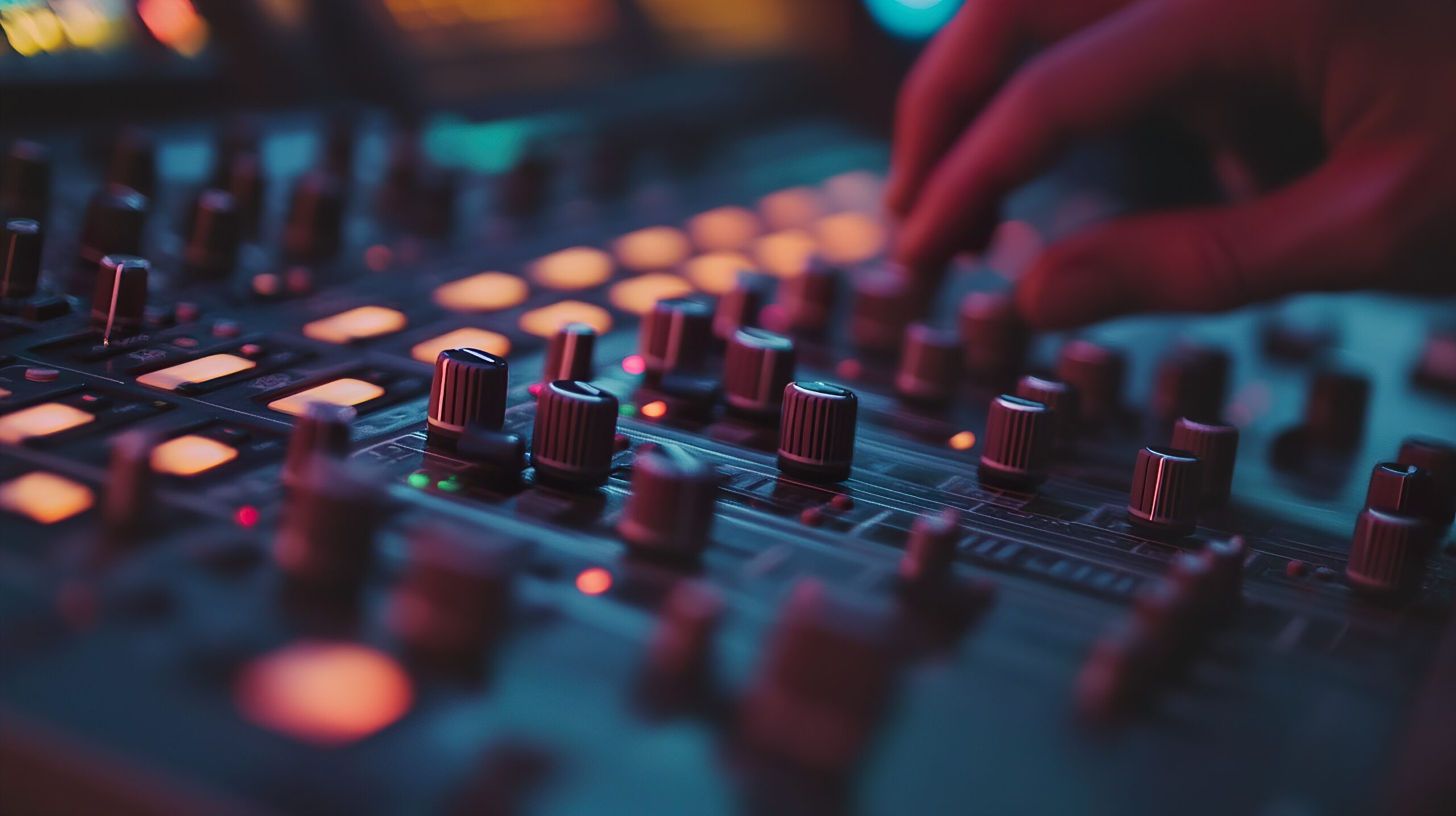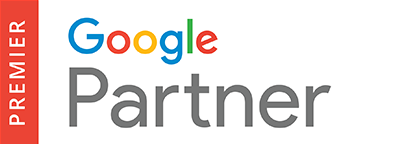Listening Smarter: The Power of Audio Data Collection in a Digital World
When we think of data, we often picture numbers, visuals, or spreadsheets—but sound is data, too. In fact, audio data collection is emerging as one of the most powerful tools for understanding environments, behaviors, and systems. From environmental monitoring to AI training, the strategic use of sound is unlocking new insights across industries.
At its core, audio data collection is about capturing sound in a purposeful way—transforming what we hear into measurable, analyzable information that can drive better decisions, smarter systems, and more responsive technology.
What Is Audio Data Collection?
Audio data collection involves capturing, storing, and analyzing sound for the purpose of extracting insights or training technology. Unlike casual recording, this process is designed with intent—leveraging microphones, sensors, and audio processing software to collect clean, high-quality sound from specific environments.
The end goal can range from identifying trends in urban noise pollution to training natural language processing systems or documenting real-world interactions in research or field work.
Real-World Use Cases for Audio Data
The versatility of audio data collection is one of its strongest assets. It’s being used in:
Smart Cities and Urban Planning
Acoustic sensors are deployed throughout cities to monitor noise pollution, detect gunshots, identify traffic congestion, and improve public safety. Sound data offers a layer of environmental intelligence that complements visual surveillance and IoT networks.
Wildlife and Environmental Monitoring
Biologists use audio data to monitor species presence, track migration, and detect environmental changes through bird calls, insect activity, or underwater sounds. Passive audio recorders can gather data over weeks or months, even in remote or inaccessible areas.
AI and Machine Learning Training
Voice assistants, transcription tools, and customer service bots are all powered by audio datasets. High-quality, diverse audio recordings are essential for training models to recognize language, tone, emotion, accents, and background noise.
Field Research and Journalism
Academics, anthropologists, and journalists rely on clean, well-organized audio to document interviews, oral histories, and real-world events. In these contexts, accuracy, clarity, and ease of access are critical.
Product Testing and Human Behavior Analysis
Audio cues are often used to understand how consumers interact with products, services, or physical spaces. Whether it’s analyzing speech in a retail environment or background noise in a vehicle, sound can reveal patterns that visuals might miss.
Benefits of Structured Audio Data Collection
Context-Rich Insights
Audio often captures information that’s missing from visual or numerical data—like mood, urgency, or environmental conditions.
Continuous, Passive Capture
With the right setup, audio can be recorded passively over long periods of time, enabling trend detection and long-range studies without constant human oversight.
Lightweight and Scalable
Compared to video or imaging, audio files are generally smaller and easier to transmit, store, and process—making them ideal for remote or large-scale applications.
Versatile Applications
Audio data is highly adaptable, used for everything from real-time alerts to long-term trend analysis and machine learning pipelines.
Capturing the Right Audio: It Starts with the Setup
Not all audio data is created equal. Factors like microphone placement, background noise, signal-to-noise ratio, and file formatting all play a huge role in determining whether the data is useful. That’s why professional setup and planning are essential.
Key elements of a successful audio data collection strategy include:
- High-quality microphones and field recorders
- Wind protection and acoustic isolation when needed
- Clear labeling and metadata tagging
- Secure storage and easy retrieval
- Compliance with privacy and legal regulations
In more advanced setups, multiple audio channels may be used to separate sound sources, allowing for cleaner post-processing and more nuanced analysis.
Audio Data in the Age of AI and Automation
Audio is playing an increasingly important role in voice recognition, emotion detection, environmental scanning, and smart automation. As AI systems get better at understanding not just what was said but how it was said, the importance of high-quality, diverse audio data will only grow.
This is especially true in industries like healthcare, where voice-enabled systems are being designed to detect early signs of cognitive decline, or in customer service, where tonal analysis is helping improve user experience.
MatchPoint Studio: Your Partner in Precision Audio Capture
At MatchPoint Studio, we offer professional audio data collection services tailored to your project’s needs. Whether you’re training a voice model, collecting field recordings, or documenting a real-world environment, our team ensures you get clean, structured, high-performance audio—captured with intention and delivered with clarity.
With the right sound, anything is possible.
Ready to hear your world more clearly? Let’s talk.





